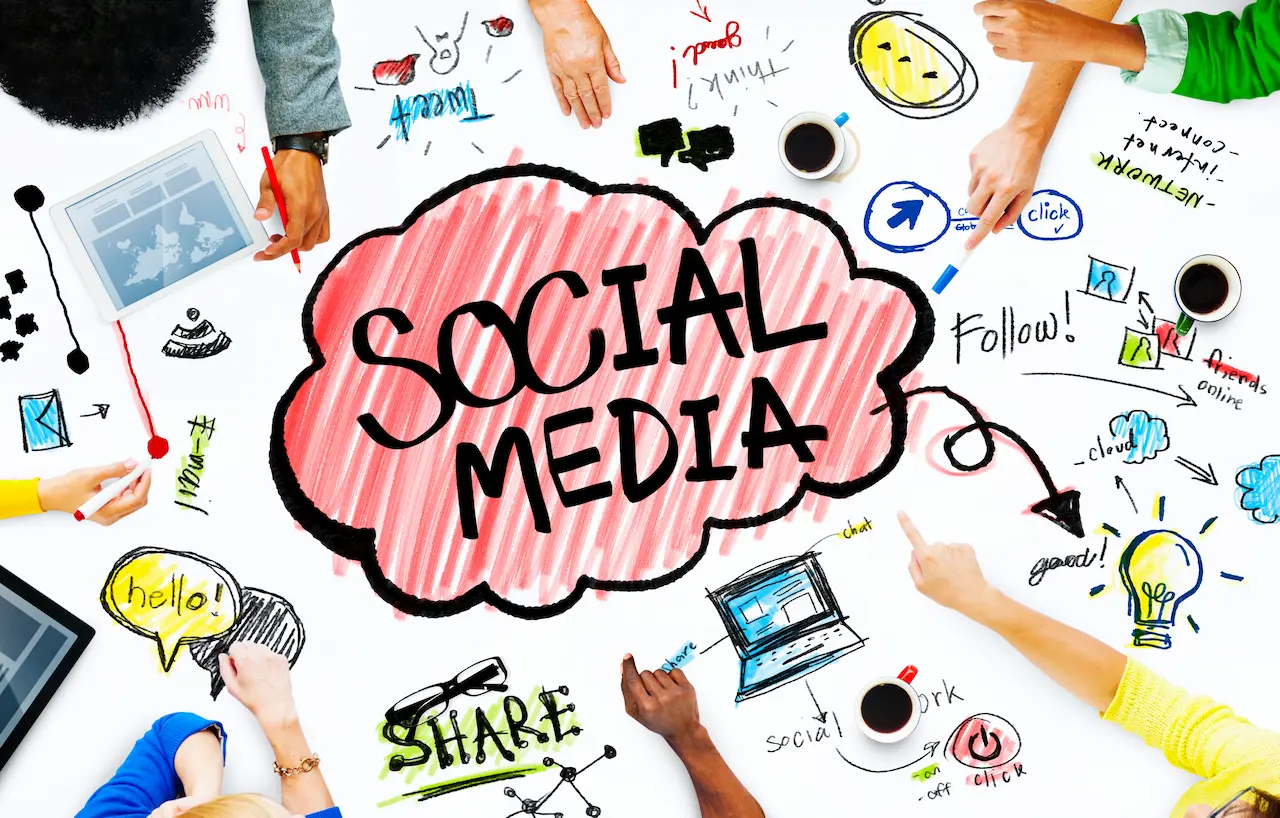Influencers Conversation Indicates Social Media Maturation
The year 2009 marked the beginning of social media experiments, while 2010 marked the maturation of these platforms. The collective conversation about “influencers” has shifted away from novice questions like “Should our organization be on Twitter and Facebook?” towards more strategic ones such as “Whom should I engage? How do I engage? And how do I measure results?”
In retrospect, it’s quite predictable. In a Survey by Vocus of 1,800+ PR professionals conducted in November 2009, 82% of respondents said that they would be focusing more on social media. It appears that they are.
This is more apparent at conferences like PRNews ’ PR Measurement Conference, held in March 2010. The concept of influencers was the focus of almost every presentation. Jennifer Scott, the managing director of Ogilvy PR’s research and insights, spoke on this topic in a very interesting way. Here are three key points I learned:

- Putting “relationships” back in PR. Social media has been lauded for its transparency, and part of transparency is relationship-building. Want to get an influencer’s eyeballs? Before you make an “ask,” you need to engage in conversation, show that your interest is genuine, and follow them.
- Social Media gives PR professionals more tools to work with. Is it possible to get to know someone even if you have never met in person? Social media makes it possible. Salespeople refer to this as building rapport, even though people are communicating on more platforms and more frequently. Profiles, backgrounds and discussions give PR pros more information with which to work. Finding out what you share in common is the key. Perhaps they’re an aviation enthusiast or love Apple’s latest products. The PR professional must find a common ground to facilitate relationship building. This is why dating and good PR are often compared.
- Your biggest supporters may not be the most famous. Lance Armstrong is a natural leader for any charity that joins the fight against cancer. His battle and victory over cancer are a testament to his courage. He is only one person and cannot lend his voice to all efforts, no matter how generous he may be with his time, or how well-intentioned the organisation is. The organizations that pursue his attention and influence could spend more time and money on identifying smaller but equally passionate voices. While Lance is a well-known national and even global figure, many cancer survivors have compelling stories to tell and would be happy to lend support to an organization that was trying to defeat the disease. It’s similar to thinking about traditional media: Would you prefer to target a large publication that reaches the public at large or a niche trade magazine that targets a more refined audience that includes customers, prospects, and advocates?
This research examined the relationships between social media attributes, perceived friendships, psychological well-being, loyalty and perceived social responsibilities of influencers from the perspective of users of social media. This study examined the effects of social media attributes, such as similarity in language, similarity in interest, frequency of interaction, and self-disclosure, on perceived friendship, psychological well-being and loyalty towards social media influencers. Amazon Mechanical Turk was used to collect and analyze data from 388 US social media users. Multivariate analyses were then performed to test the hypothesised associations between the variables. The results showed that language similarity and interest similarity were significant influences on perceived friendship, but not psychological well-being. Psychological well-being and loyalties were also significantly influenced by perceived friendship, while psychological well-being was a significant influence on loyalty. Social media influencers’ social responsibility moderated loyalty’s path from psychological well-being. This study, based on its findings, proposes managerial and theoretical implications for social media influencer marketing.

This study focuses on psychological well-being, which is one of the key determinants for social media users to be loyal to their favourite influencers. It does this by focusing primarily on the fundamental motives that users have when consuming digital content, including enjoyment, happiness, and friendship. Kim and Kim state that social media platforms allow users to interact with other users and social media influencers in a virtual space, resulting in positive emotions. These positive feelings then translate to real-world happiness and enjoyment. This study, which draws on the parasocial interaction theory, self-congruity and psychological well-being theories, proposes that social media users form perceived friendships with influencers by consuming their digital content and engaging with them, leading to psychological well-being in the real world. The digitalized interactive features on social media platforms allow users to feel emotionally connected to their favourite influencers in the virtual world (i.e. users perceive influencers to be intimate friends via virtual interactions), which includes social foci and proximity, interaction frequency and self-disclosure. Users tend to develop a strong friendships with their social media influencers through social media features and are satisfied with their current lives. Based on the parasocial interactions theory and previous studies on social networks, this study identified language similarity and interest similarity as key social media influencer attributes. These are core determinants for users’ perception of friendship with their favourite influencers on social media and psychological well-being in real life.
Social Media Influencer Attributes
This study refers to similarities between social media influencers and users in terms of personality, values or beliefs as “self-congruity” based on a theory explaining how users choose their favourite influencers. The self-congruity hypothesis states that social media users choose and consume digital content from their favourite influencers in line with their self-concepts. This study suggests that social media users perceive consistency with influencer images based on sources of self-congruity such as perceived similar messages and language styles the influencers communicate with their social media fans and spectators. Perceived language similarity is formed by the communication styles, phrases and words used by social media users to communicate with influencers. Perceived interest similarity is formed by the digital content of influencers. Social media influencers can provide more chances for users to share personal information if their digital content is updated and uploaded more often. Social media users will have more chances to interact with and learn about their favourite influencers over time. Social media users can be influenced to form a positive image of their favourite influencers by what they share on social media. This includes personal information and feelings that the influencers intentionally share. Users’ perceptions of intimacy, emotional exchanges and strong connections with influencers are influenced by the personal information shared.


